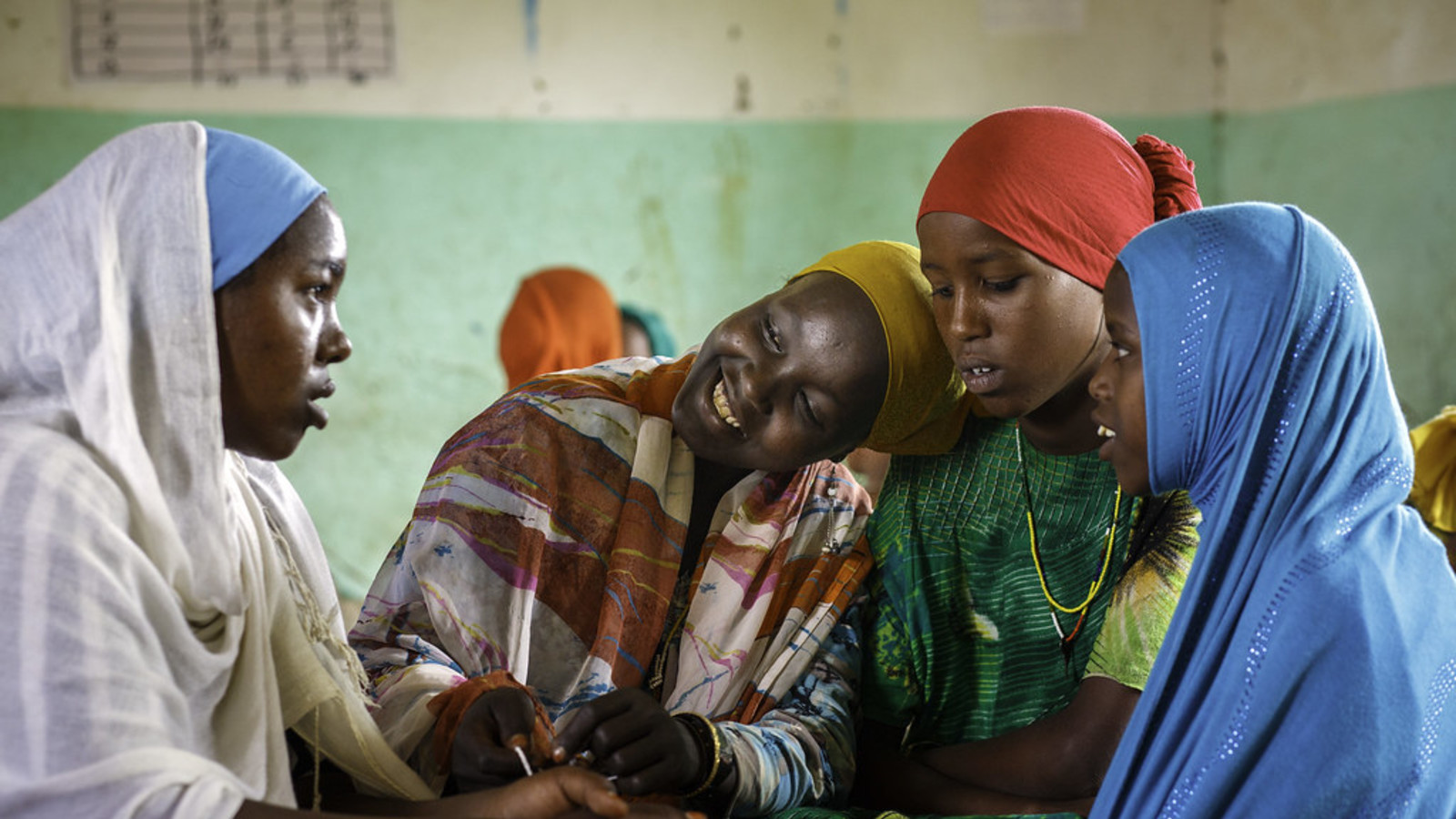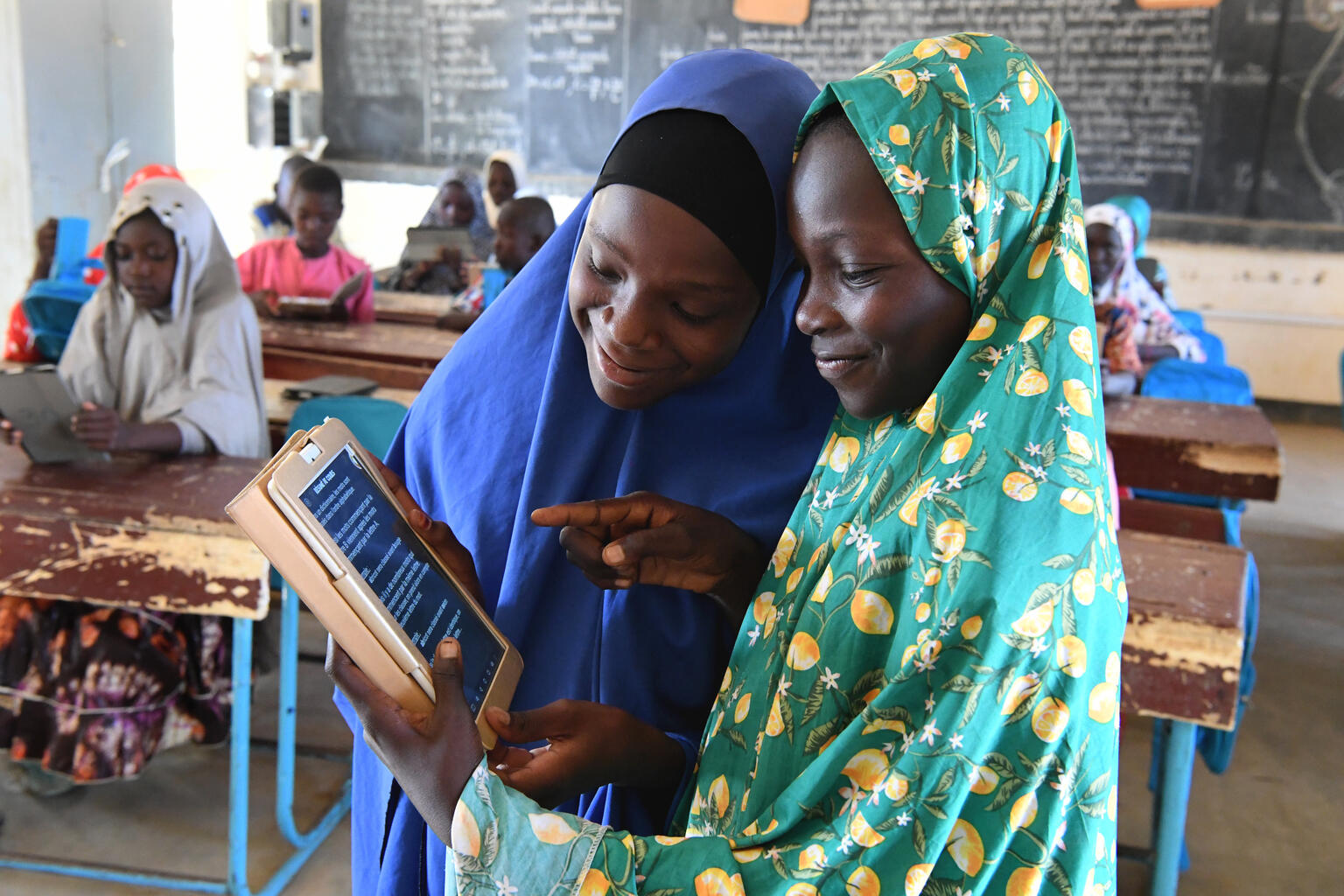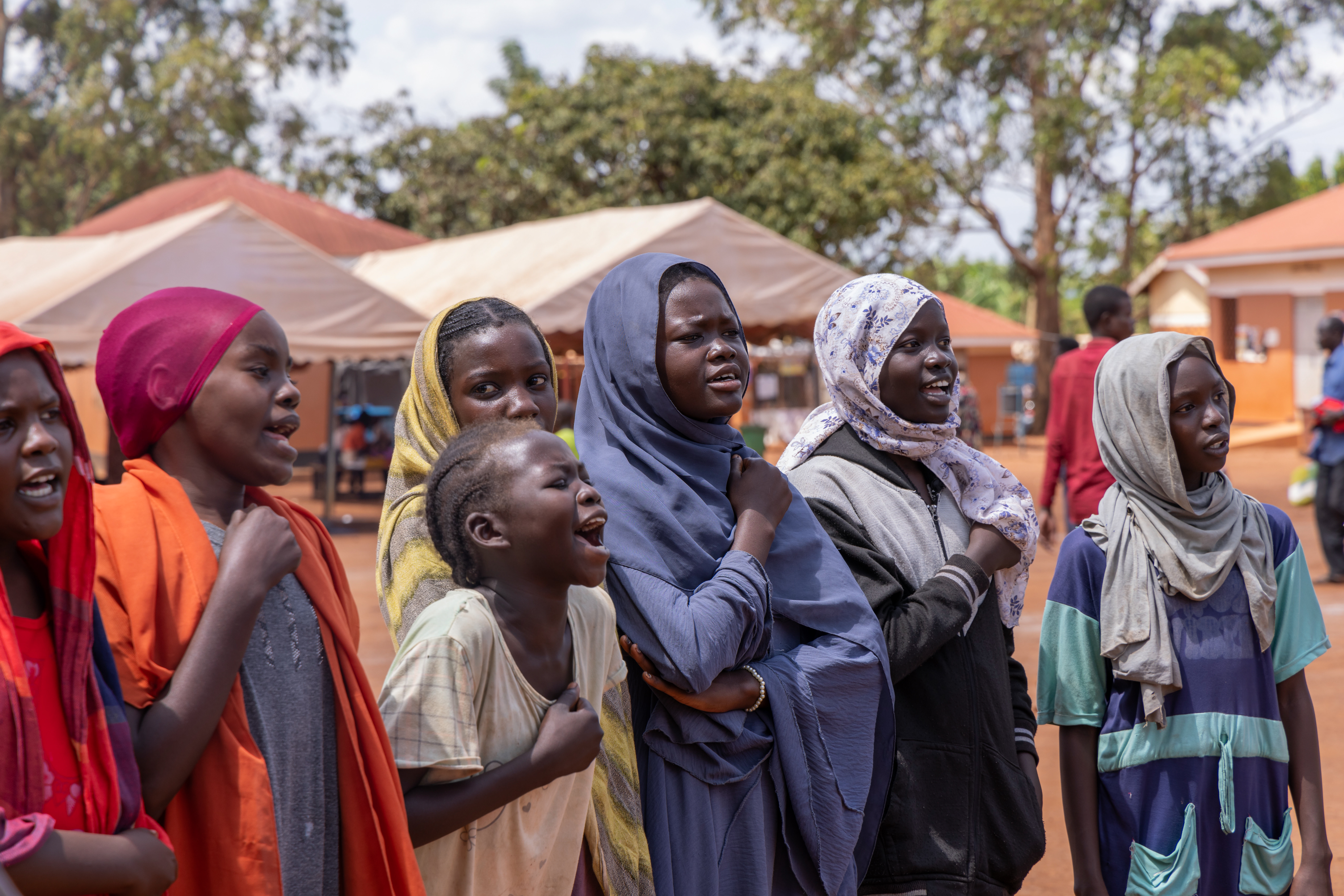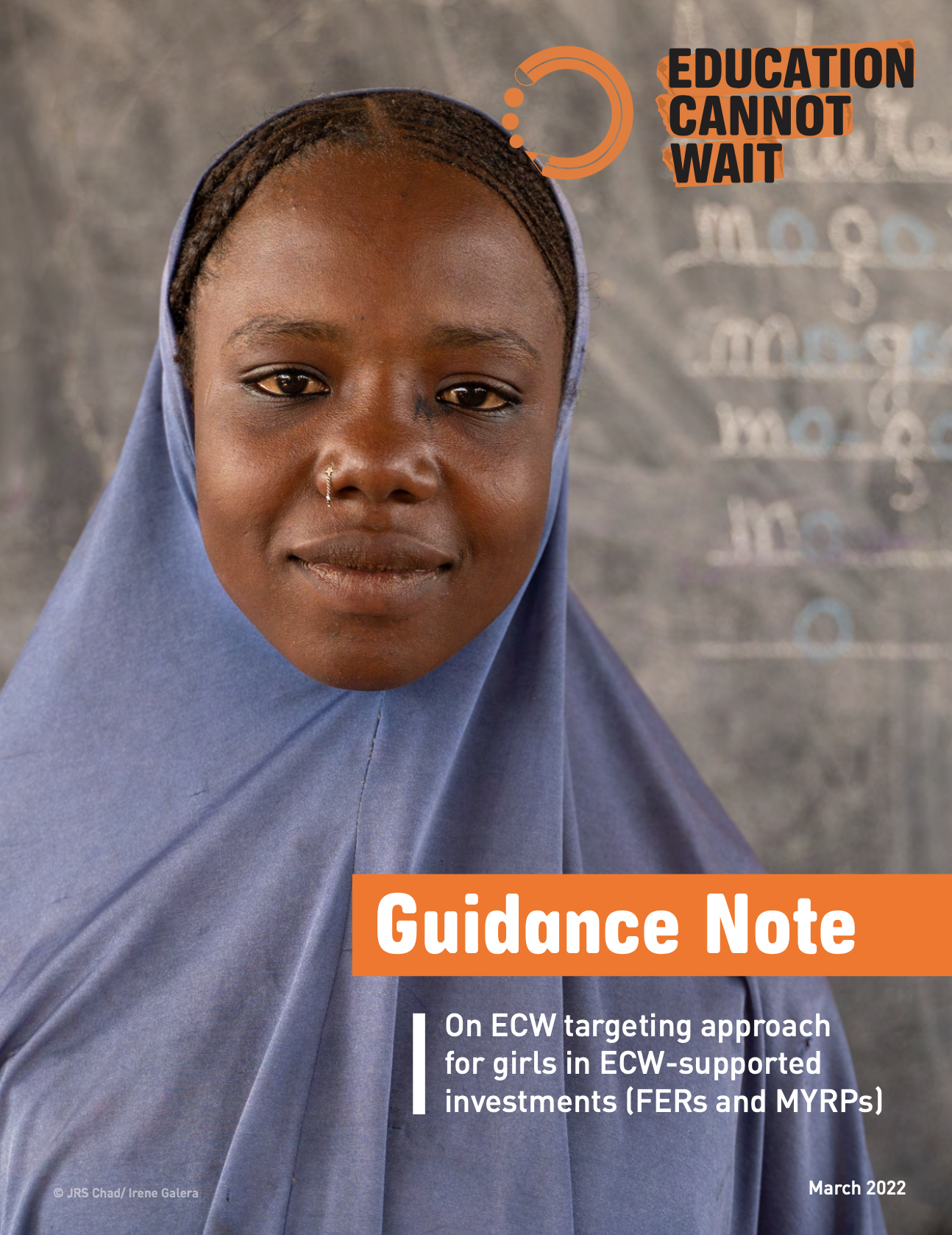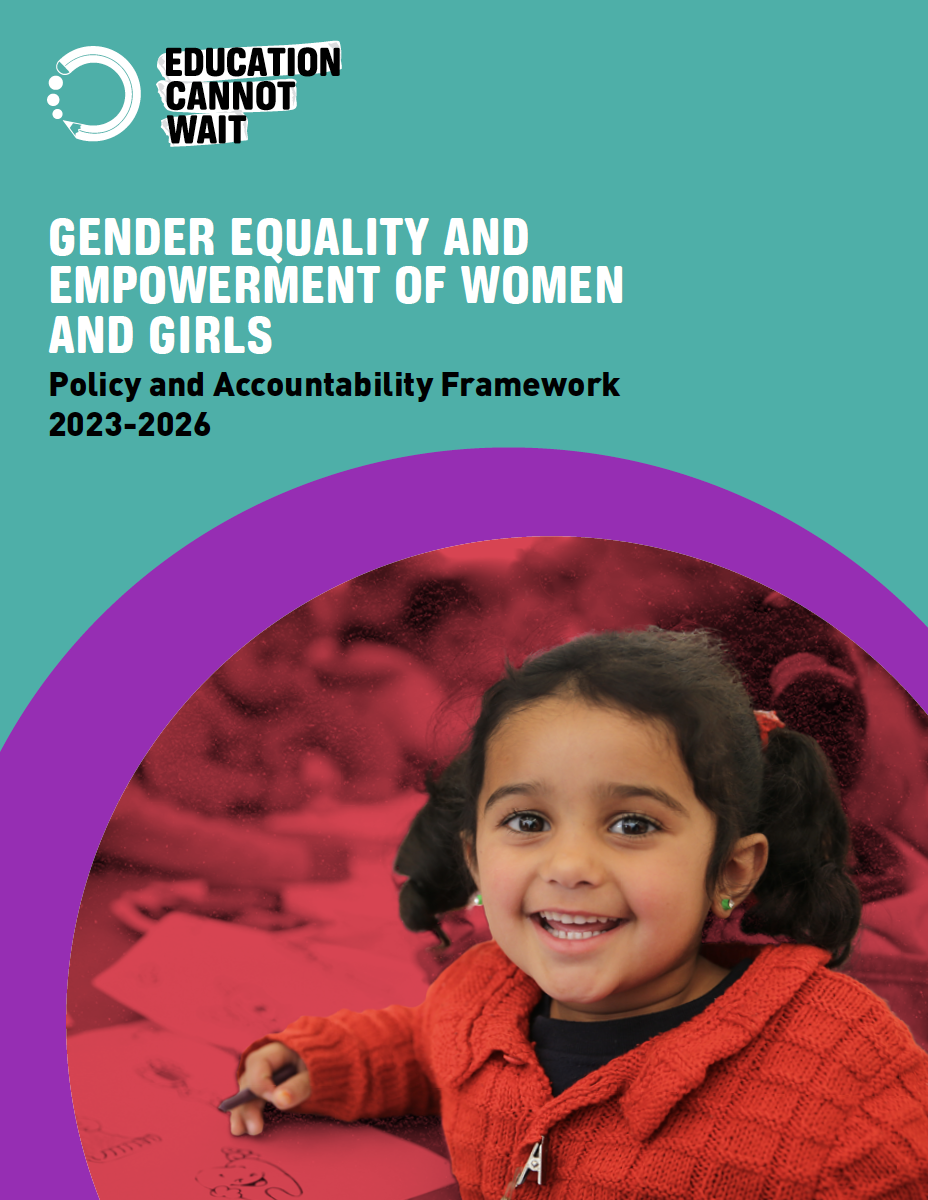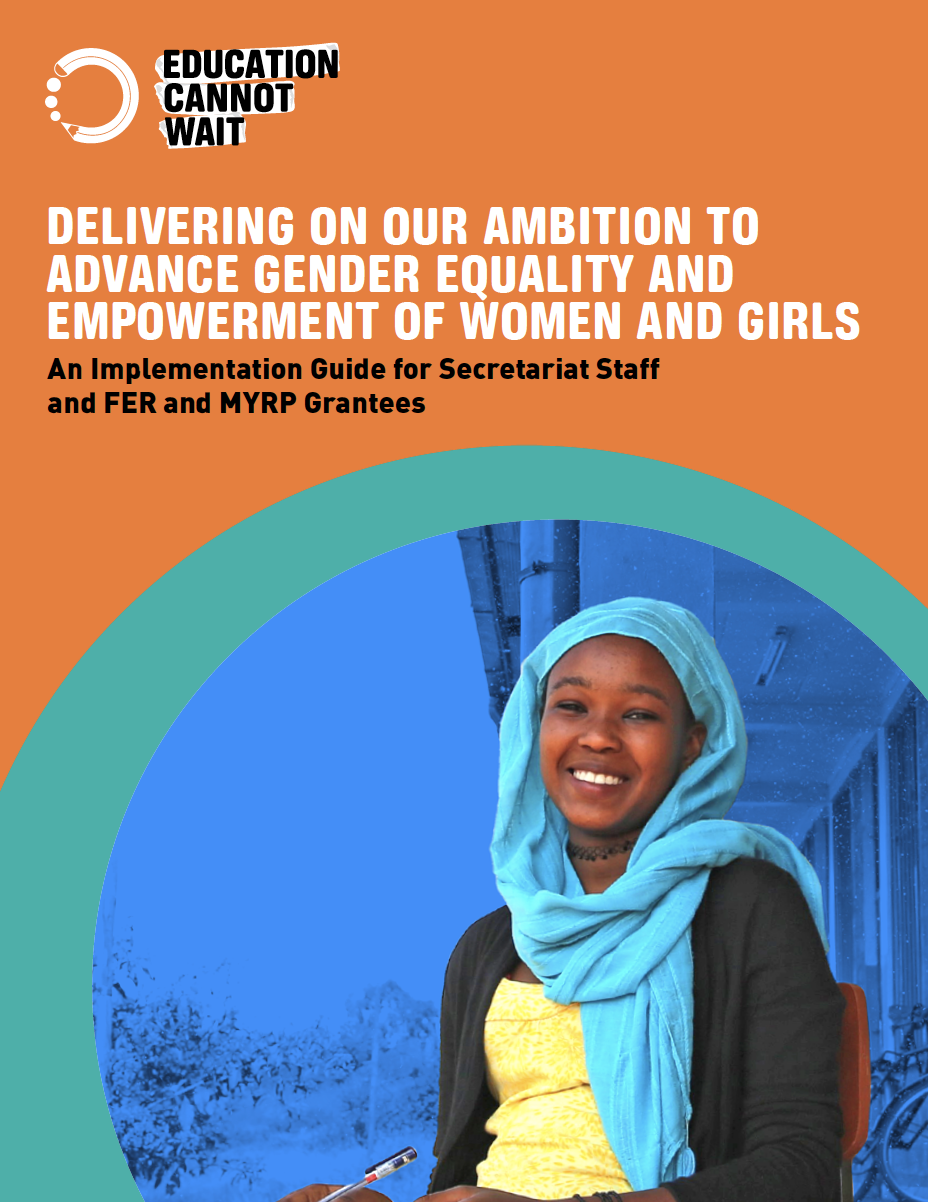Overview
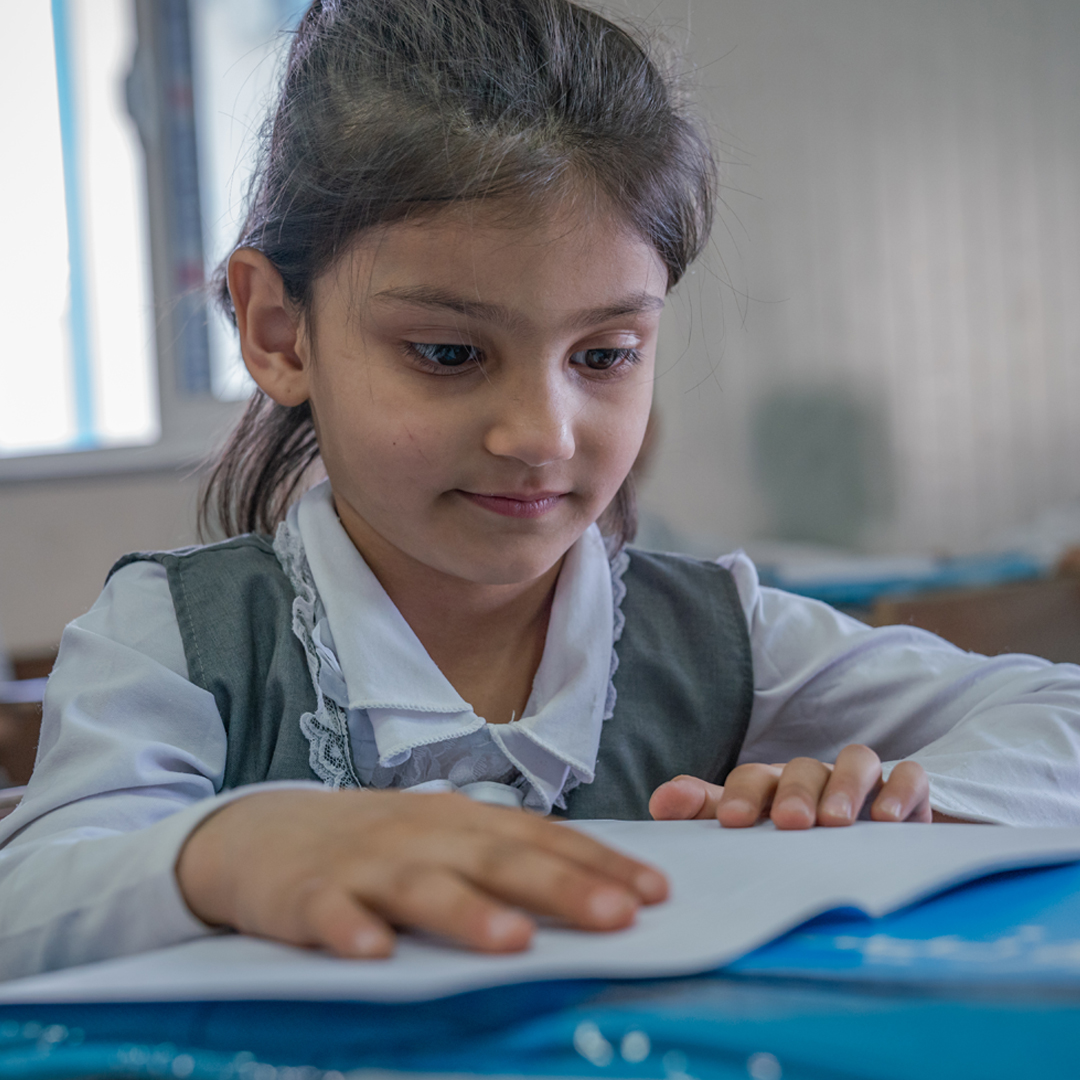
Girls in crisis settings are nearly 2.5 times more likely to be out of school than those living in countries where there is no crisis due to a host of gender barriers and bottlenecks. While both male and female crisis-affected learners face gendered barriers to education due to pre-existing gender/social norms, girls’ learning often lags behind boys for numerous reasons.
Crisis-affected girls are at heightened risk of gender-based violence. Most verified incidents of sexual violence against children are committed against girls affected by armed conflict. Girls are also at risk of being married early by their households to manage the financial burdens and female safety concerns borne from the environmental hardships and aftermath of disasters, as well as preexisting harmful gender norms. School-related gender-based violence is a critical factor in adolescent girls dropping out of school. Marginalized groups, including girls, often suffer most from attacks on schools. In most of the countries profiled in the Global Coalition to Protect Education from Attack report, girls and women were explicitly targeted because of their gender.
Gender-based discrimination negatively impacts children’s and adolescents’ enjoyment of their rights. It also intersects with other forms of discrimination based on age, geography, ethnicity, faith, sexual orientation, displacement, statelessness and disability. Nine out of ten children with disabilities in developing countries are excluded from formal education, and the majority of them are girls. Multi-country estimates also show that girls with disabilities are more likely to be out of school than both boys with disabilities and girls without disabilities.
Girls in emergencies and protracted crises are also disproportionately impacted by climate change. During environmental disasters and the ensuing resource scarcity, women and children have mortality rates 14 times higher than men do.
Finally, the COVID-19 pandemic has had a devastating impact on girls’ education. The school closures brought about by the COVID-19 pandemic resulted in 1.6 billion children out of school. Vulnerable populations, and especially girls, have been hit the hardest. According to UNESCO, many of these girls, particularly adolescent girls, may never return to school. Girls out of school are at heightened risk of child marriage, female genital mutilation, teenage pregnancy and gender-based violence. All of these risks hinder their safety, wellbeing and empowerment to reach their full potential.
ECW’s Response
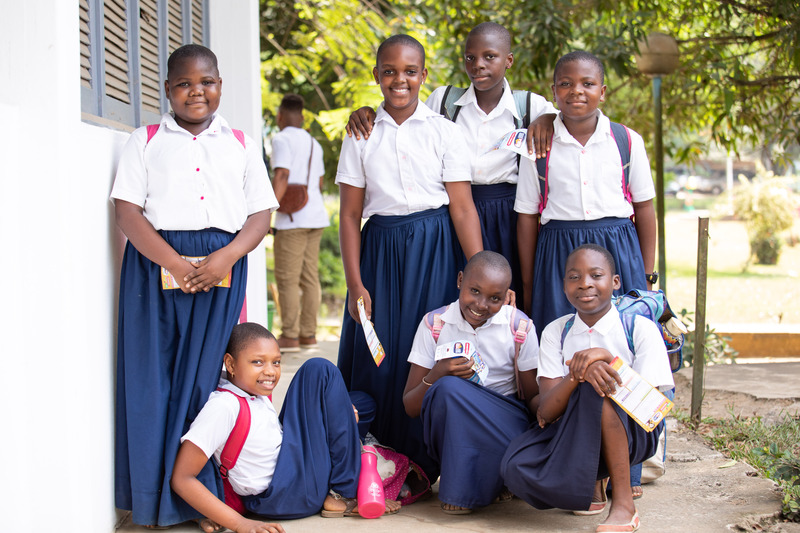
Based on ECW’s Gender Strategy and Gender Policy and Gender Accountability Framework, the Fund has put in place bold targets and policies to ensure that all ECW investments are gender-responsive and address the differentiated needs of girls, boys and adolescents (particularly adolescent girls), in all their diversity, based on a robust gender analysis and cooperation with local gender expertise.
To fulfill its commitment to advance gender equality and empowerment of women and girls in and through education, ECW’s approach is three-fold: gender-responsive investments, increase political support and financing for gender equality and empowerment of women and girls in education in emergencies and protracted crises, and partnerships.
All ECW investments aim to be gender-responsive at minimum, to address the differentiated needs of all girls, boys, men, women and other genders, in all their diversity and intersecting vulnerabilities. As such, all first emergency responses and multi-year resilience programmes are built on solid gender analysis and involvement of local gender expertise – such as women-led organizations and gender/gender-based violence in-country response coordination mechanisms.
All investments aim to mainstream gender and support gender-targeted interventions to address the specific gender barriers – including gender-based violence risks – identified in the gender analysis. To address the gender parity gap in emergencies, ECW has set a target of reaching 60% girls in all its investments. All ECW grantees are encouraged to use the IASC Gender and Age Marker as well as global best practices and tools.
The Fund works to increase political support and financing for gender equality and empowerment of women and girls in education in emergencies and protracted crises. ECW works closely with Government, donors and civil society partners to advocate for a stronger focus on girls’ education and gender equality to achieve educational outcomes. As such, ECW supports a number of global calls and partnerships to build up global and local collaboration networks. These include:
- The Call to Action on Protection from Gender-Based Violence in Emergencies. Under the leadership of the Government of Denmark, ECW joined this global call to action in 2021, making several commitments to ensure Gender-Based Violence risk mitigation is integrated into all its investments.
- The Safe Schools Declaration. In all its investments, ECW is committed to this global framework for action to deliver safe, non-violent, inclusive and effective learning environments.
- The IASC Gender Reference Group
- The INEE Girls' Education in Emergencies Reference Group
- The Global Working Group to End SRGBV – co-led by UNGEI and UNESCO.
To fulfil its mandate on gender equality and empowerment of women and girls, ECW also works closely with the Gender Reference Group, an advisory group to the ECW Secretariat to promote and provide overall guidance on mainstreaming gender equality considerations in all aspects of ECW work. The ECW Gender Reference Group is comprised on members from ECW donors (Germany, United Kingdom, Denmark, Canada, and Norway), UNGEI, Plan UK and Canada.

